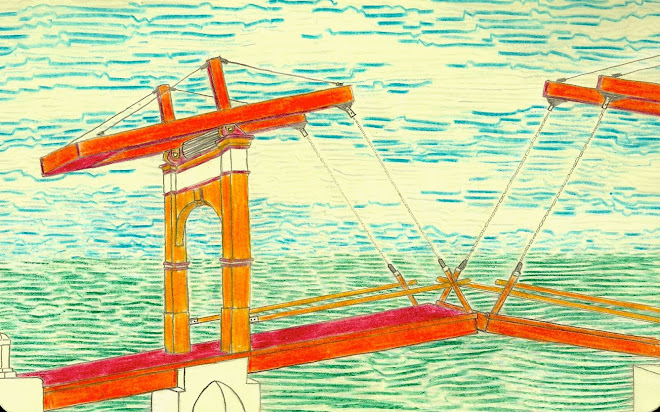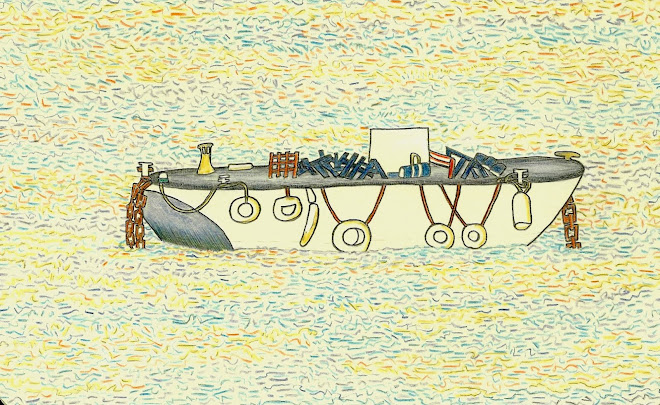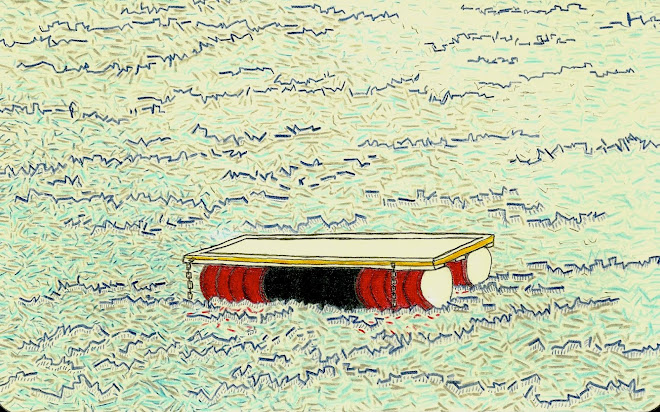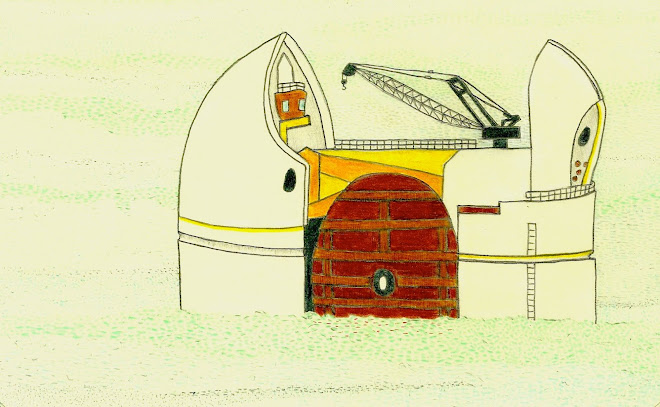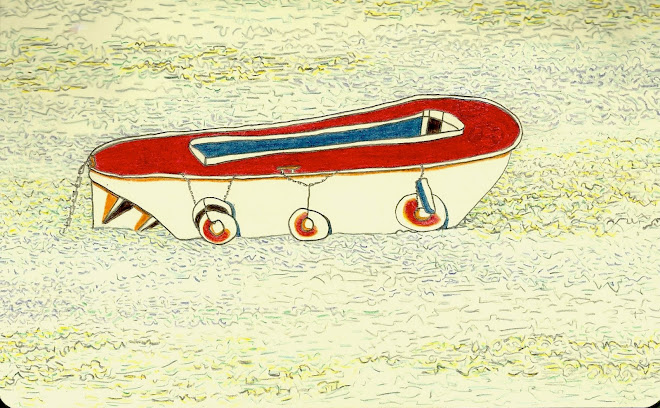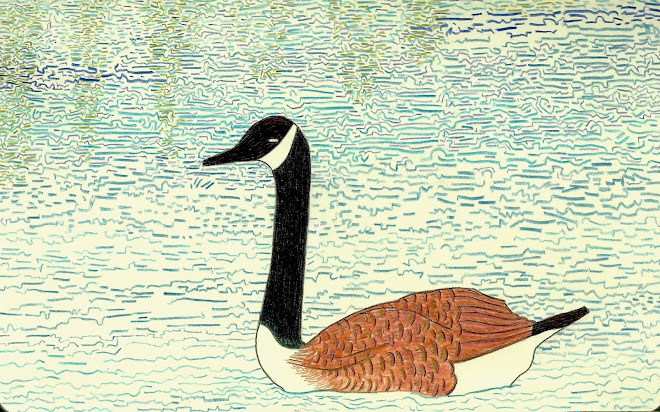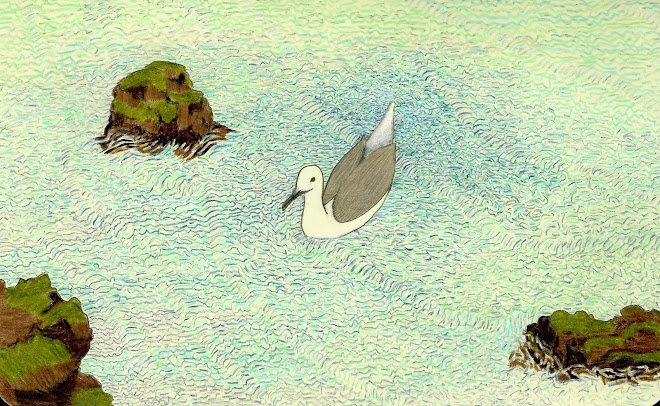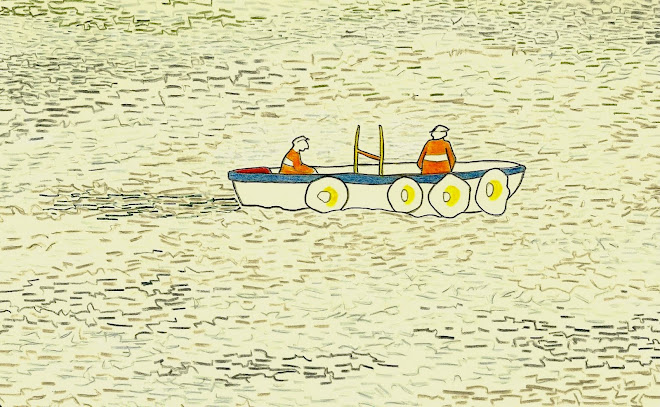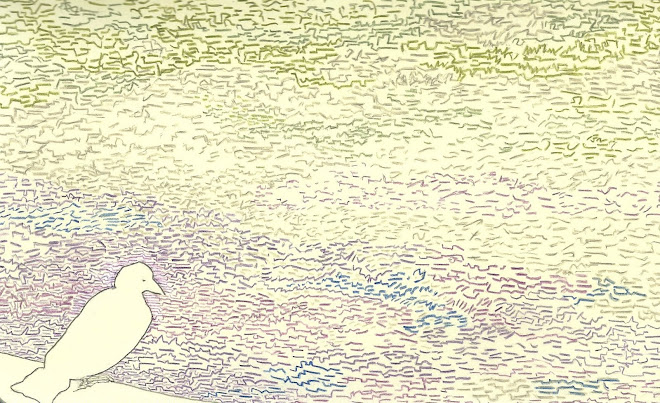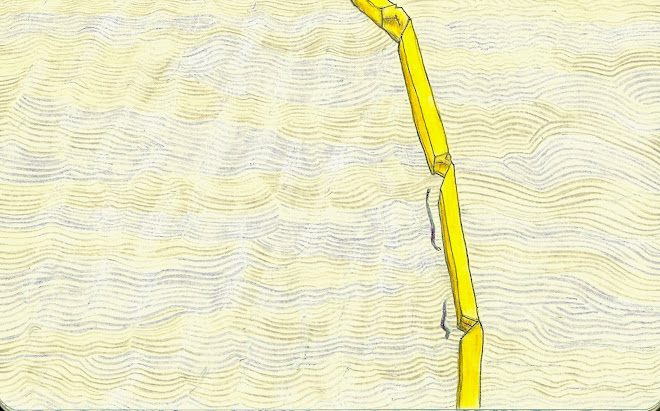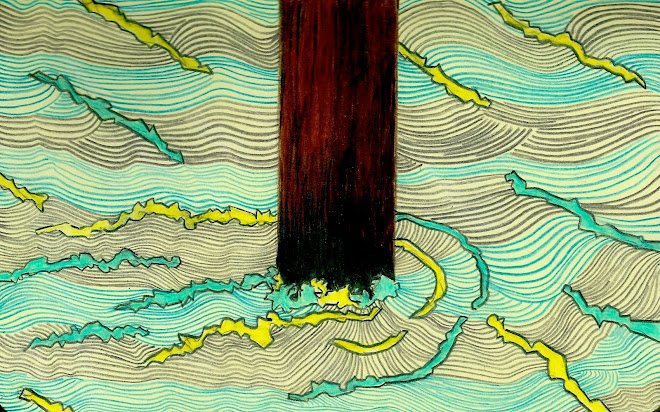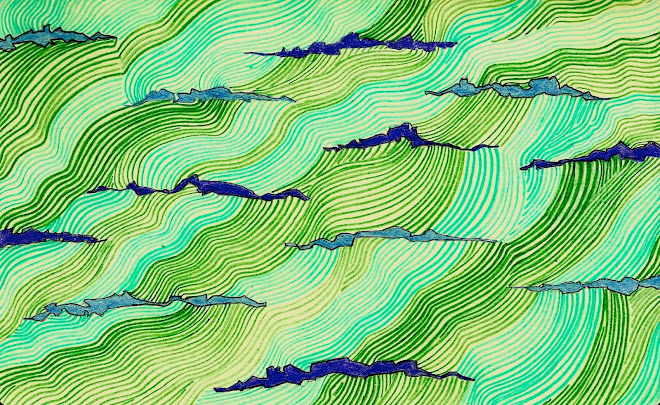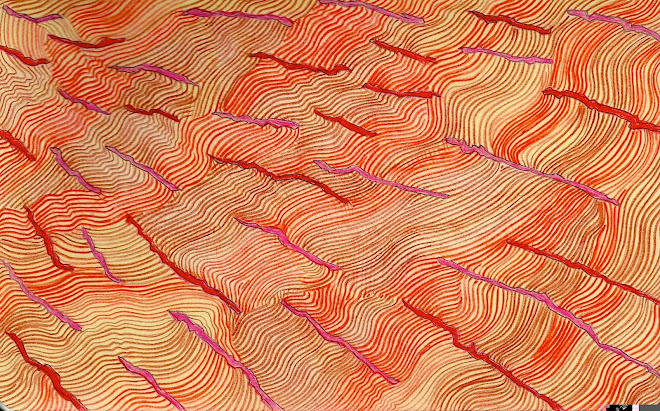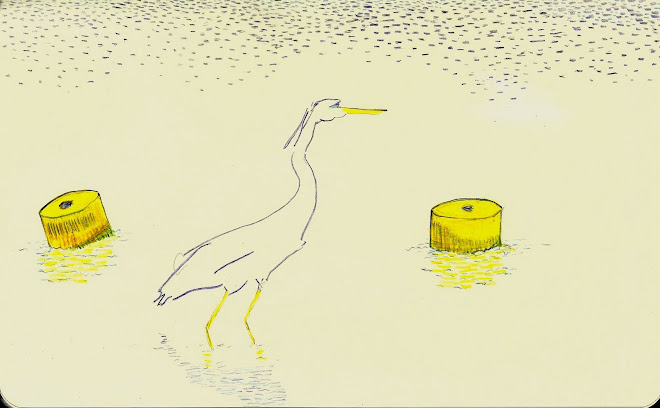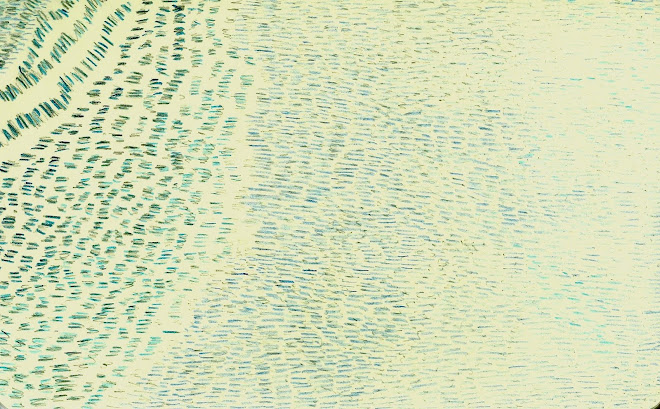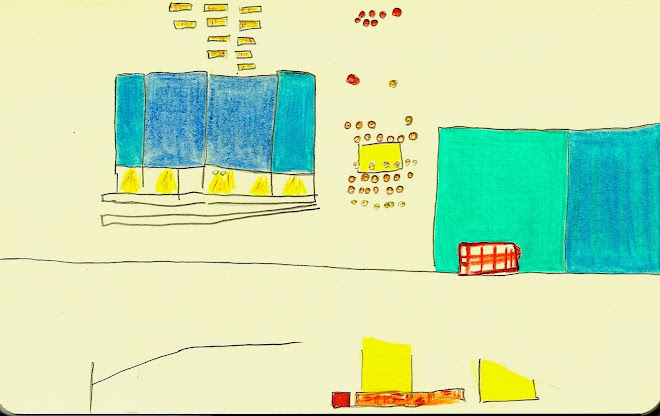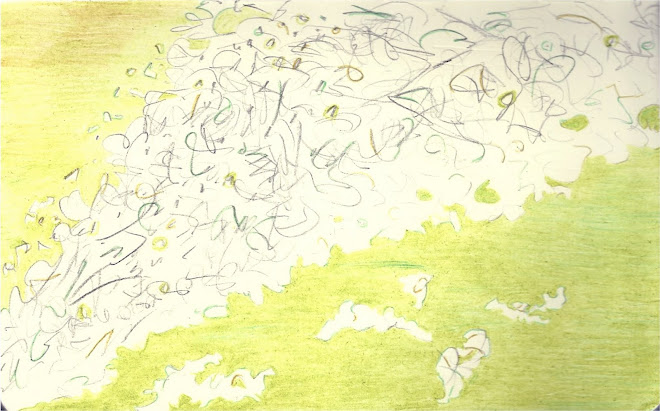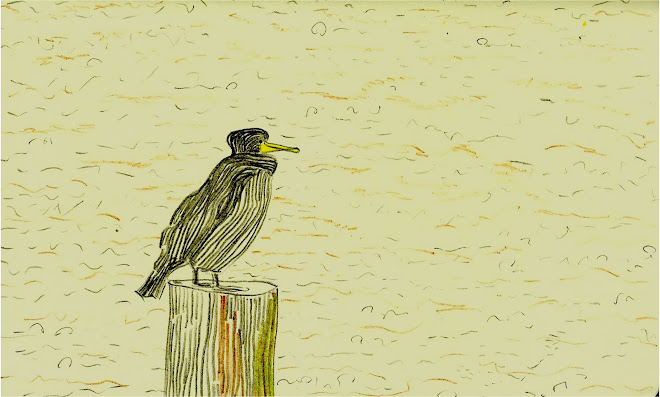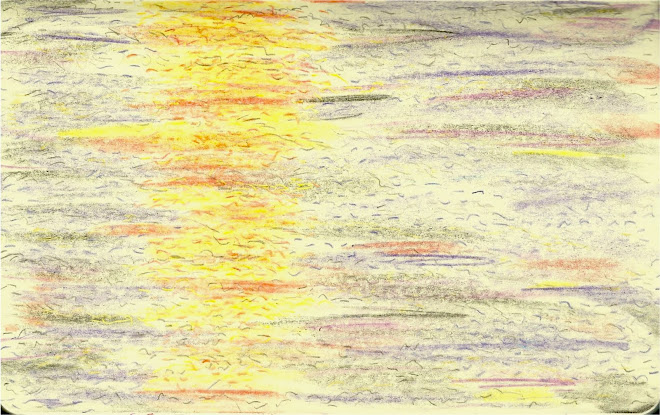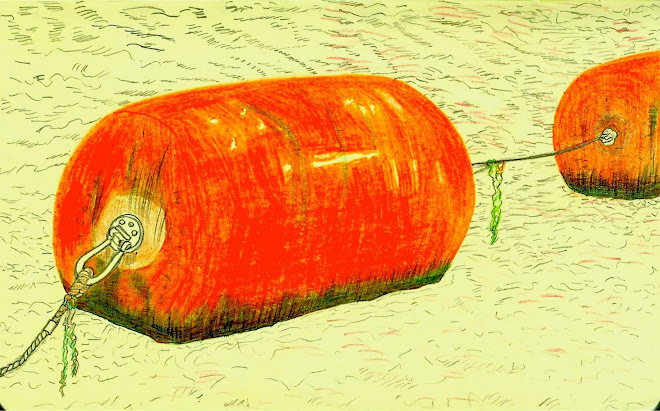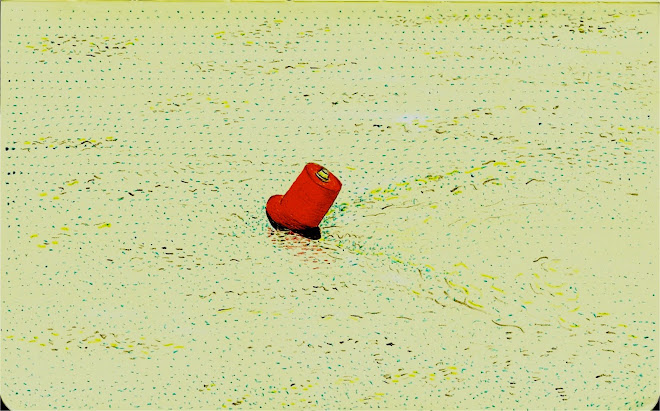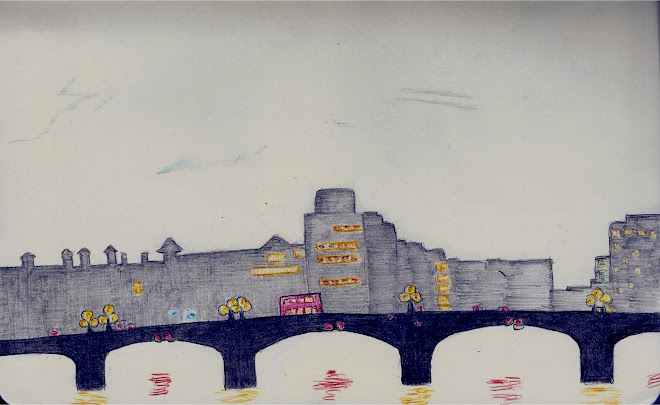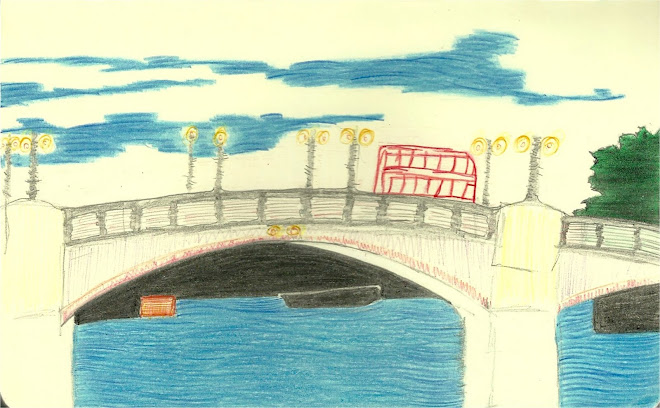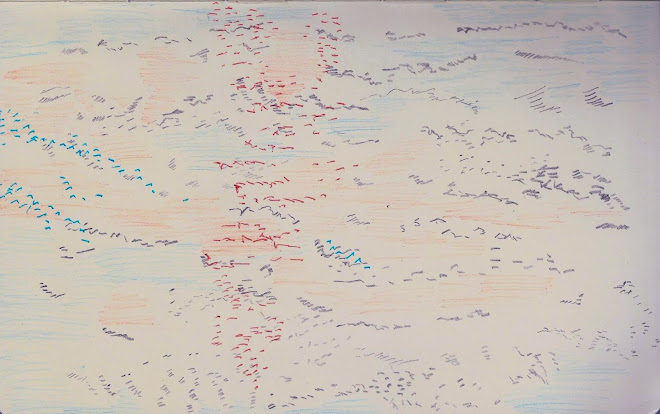It was a surprise to see them - in amongst the cases of ancient Greek and Egyptian artefacts - the Indonesian wayang masks and puppets, the bronze gamelan instruments. A gong with the Indonesian central boss.
And there I was again, in a moment, at the door of the dusty showroom at the Bogor gong factory, 2 hours from Jakarta. The Saturday traffic snarled and roared in the street behind me and, to the fore, the hammers of the workmen in the darkened forge chimed, gradually flattening the metal for another gong. When my luck was in, there would be wayang golek for sale, as well as an assortment of gamelan.
The wooden golek heads and limbs were carved and painted in traditional elaboration. The clothes were patterned and satin, sequin-studded. It was an endless source of wonder. 'Which character is this?' I would ask. They would tell me the name of the Ramayana character based on their examination of its features. The carver provided no information other than the work itself. Sometimes the staff would talk about it a bit. Sometimes they would call in one of the older men to give a final opinion.
I stood in the Museum, looking at pieces collected 200 years ago. They could have been collected yesterday.
I caught the train to the river, where a bird, probably looking much like its antecedents 200 years ago, was catching fish at low tide. I made a drawing.
